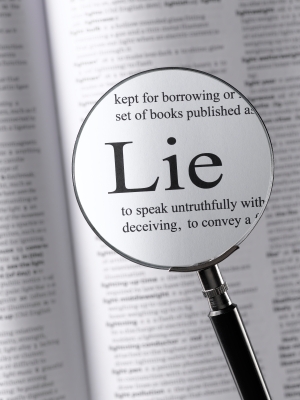However some consumers intentionally neglect to tell their insurer about changes they know will increase their premiums.
Non-reporting of issues such as using a vehicle for business purposes or a change of address from what the insurer rates as a lower liability area to a higher liability area are typical policy errors.
Some consumers also try to hide potentially higher rated drivers such as a new teenage driver or a spouse who has negative marks on his or her driving record.
“The reason for all of them is if I report this person, it could cost a lot more money,” U’Ren said. “Four out of 10 insurance policies have some type of inaccuracy.”
Some insurers share the blame as well. Insurers may use leading questions to get responses from policyholders that will result in a lower rate and get them the sale. Insurers also have a bad track record for following up on policyholders.
The individual policyholder may benefit by not reporting these changes, but every consumer shares the cost. Insurers spread the cost of that $16 billion a year in premium leakage over all the policies it writes.
“When the industry inflates the rates everybody pays,” U’Ren said.
Loretta L. Worters, vice president of the Insurance Information Institute, agreed everyone pays when individual auto insurance policies are inaccurate.
She said many people look to save money on their policies by misrepresenting something as seemingly minor as what state their car is located but those misrepresentations are costing everyone money.
“Rates are commensurate with risk,” Worters said. “Any kind of fraud affects other consumers who will have to pay more for such white lies.”












